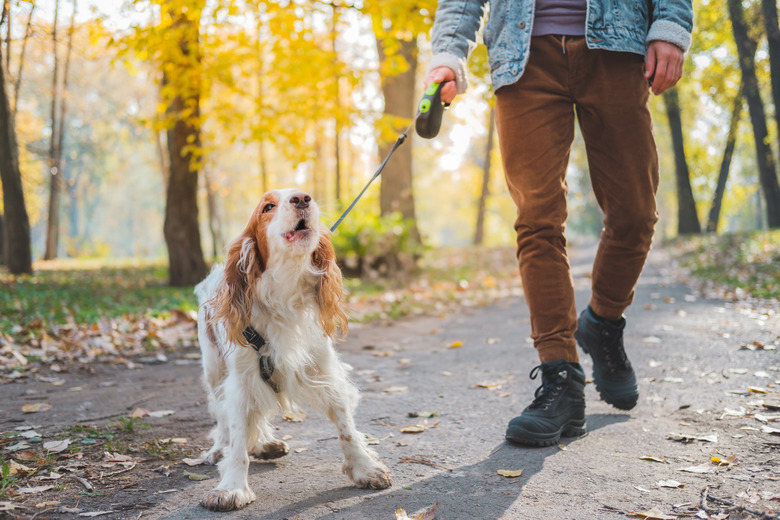Winning Science Fair Ideas Involving Dogs
According to the Humane Society of the United States, there are about 77.5 million dogs owned by families across America. These dogs are not just man's best friend, but also a potential subject for a child's science fair project. There are several winning fair projects that can include a child's furry friend.
Dogs and Music
Dogs and Music
Test and record a dog's reaction to different types of music. Place the dog in a quiet room that is free of other distractions, including people, food and toys. Set a CD player in the room and play different types of music, including soft, classical music, hard rock, country and heavy metal. Play each type of music for the same amount of time, such as a five-minute increment, and record the dog's reaction. Allow the dog a few moments to rest between playing the different types of music. Determine if the type of music played has a predictable reaction on the dog. For instance, one could hypothesize that soft music will have a calming effect on a dog while loud, fast music will spark a different reaction.
Dog's Reaction to Food
Dog's Reaction to Food
Test and record how a dog will act toward different types of food. Before you choose which foods to offer a dog during your experiment, consult the ASPCA's website on foods that are potentially harmful to dogs. Once you've determined that your test foods are safe for your dog, record all of the different types of food being used and what the dog's reaction might be. For instance, it could be hypothesized that a dog will be willing to eat a piece of chicken but would shy away from a piece of carrot. Feed the dog the different types of foods and record his reaction, including whether the dog was willing to eat it and how quickly he reacted either negatively or positively to the food. After the experiment, record how the dog's actual reaction to the food differed from the hypothesis.
Dog Bowl Color
Dog Bowl Color
Set down three to four dog bowls that are made from the same material and are approximately the same size but are different colors. Include black and white with the colors; the other two can be any other color, including red, green or yellow. Place a single dog treat into each bowl and allow the dog to find the treats on his own. Record which colored bowl the dog approaches first. Remove all of the treats from the remaining bowl and wait one minute. Once again, place a single treat in each bowl and allow the dog to find the treats. Note if the dog heads toward the same bowl or one of a different color.
Dog's Favorite Toy
Dog's Favorite Toy
Many dog owners swear that a dog will gravitate toward the same toy each time and therefore deem a rubber ball or stuffed animal his favorite. Test this theory by purchasing three or four different toys, from balls and squeaky toys to stuffed toys. Set the toys in front of the dog and record which he chooses to play with first. Allow the dog to play with this toy and the rest of the toys two minutes before removing the toys. Wait one minute and reintroduce the toys to the dog. Record which toy or toys the dog gravitates to first and whether it is the same toy or a different one.
Cite This Article
MLA
Zinski, Jaimie. "Winning Science Fair Ideas Involving Dogs" sciencing.com, https://www.sciencing.com/winning-fair-ideas-involving-dogs-7993412/. 22 November 2019.
APA
Zinski, Jaimie. (2019, November 22). Winning Science Fair Ideas Involving Dogs. sciencing.com. Retrieved from https://www.sciencing.com/winning-fair-ideas-involving-dogs-7993412/
Chicago
Zinski, Jaimie. Winning Science Fair Ideas Involving Dogs last modified August 30, 2022. https://www.sciencing.com/winning-fair-ideas-involving-dogs-7993412/
